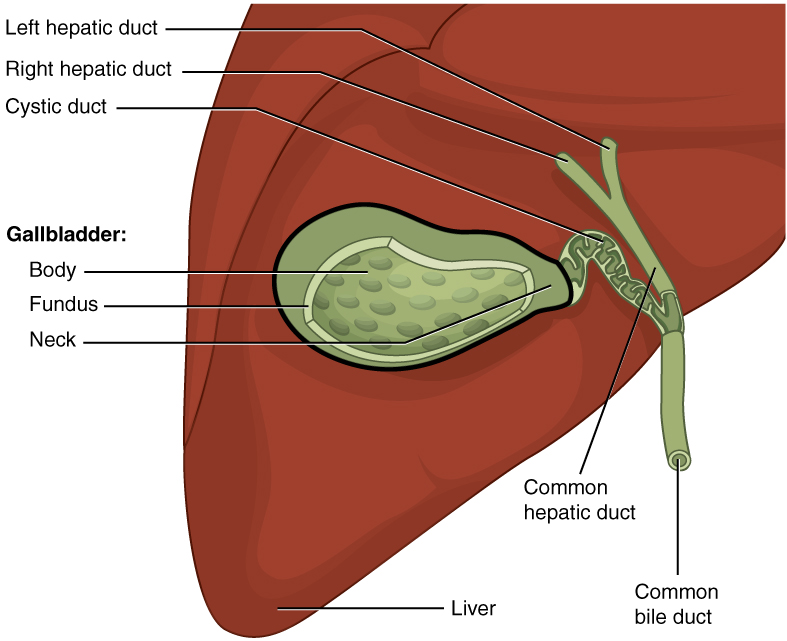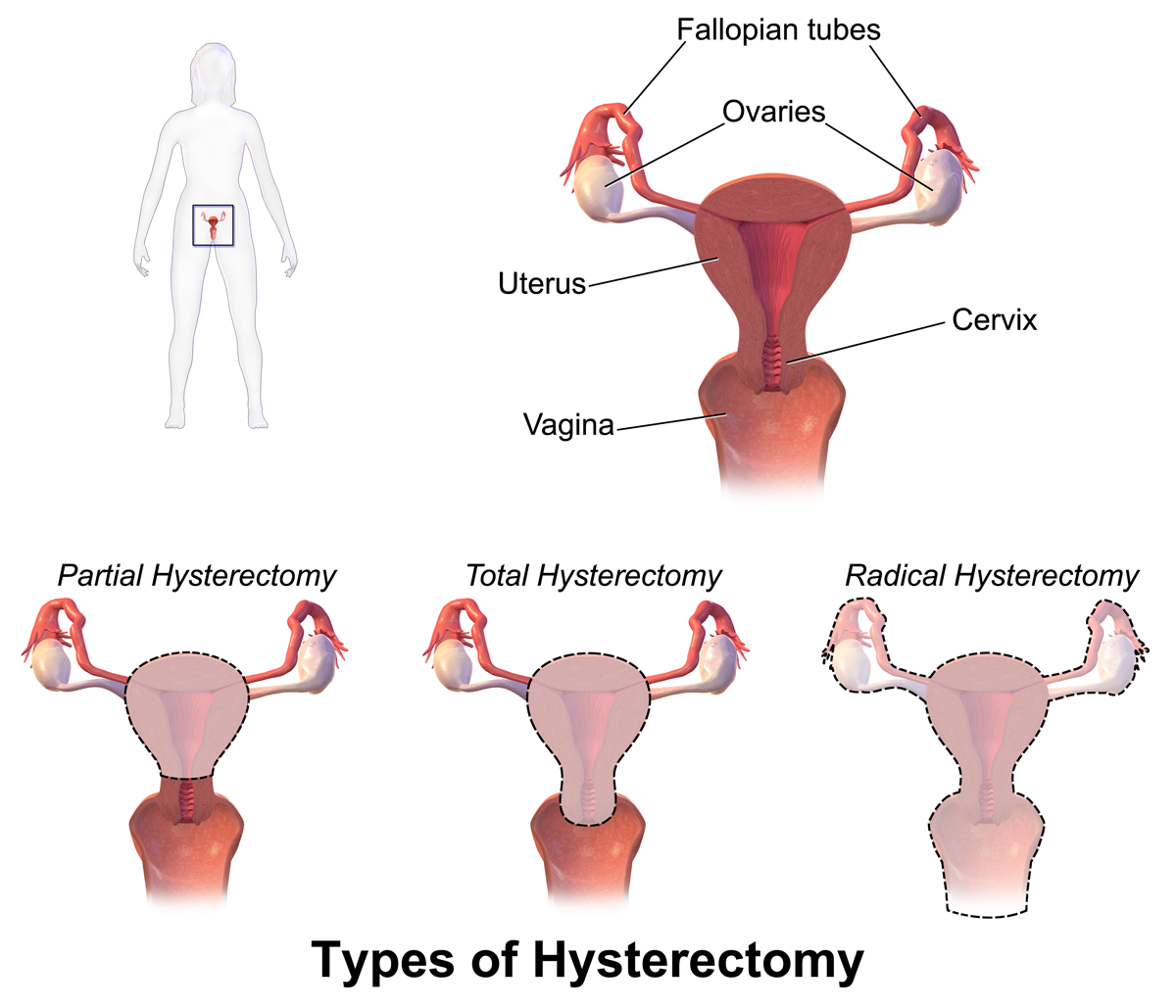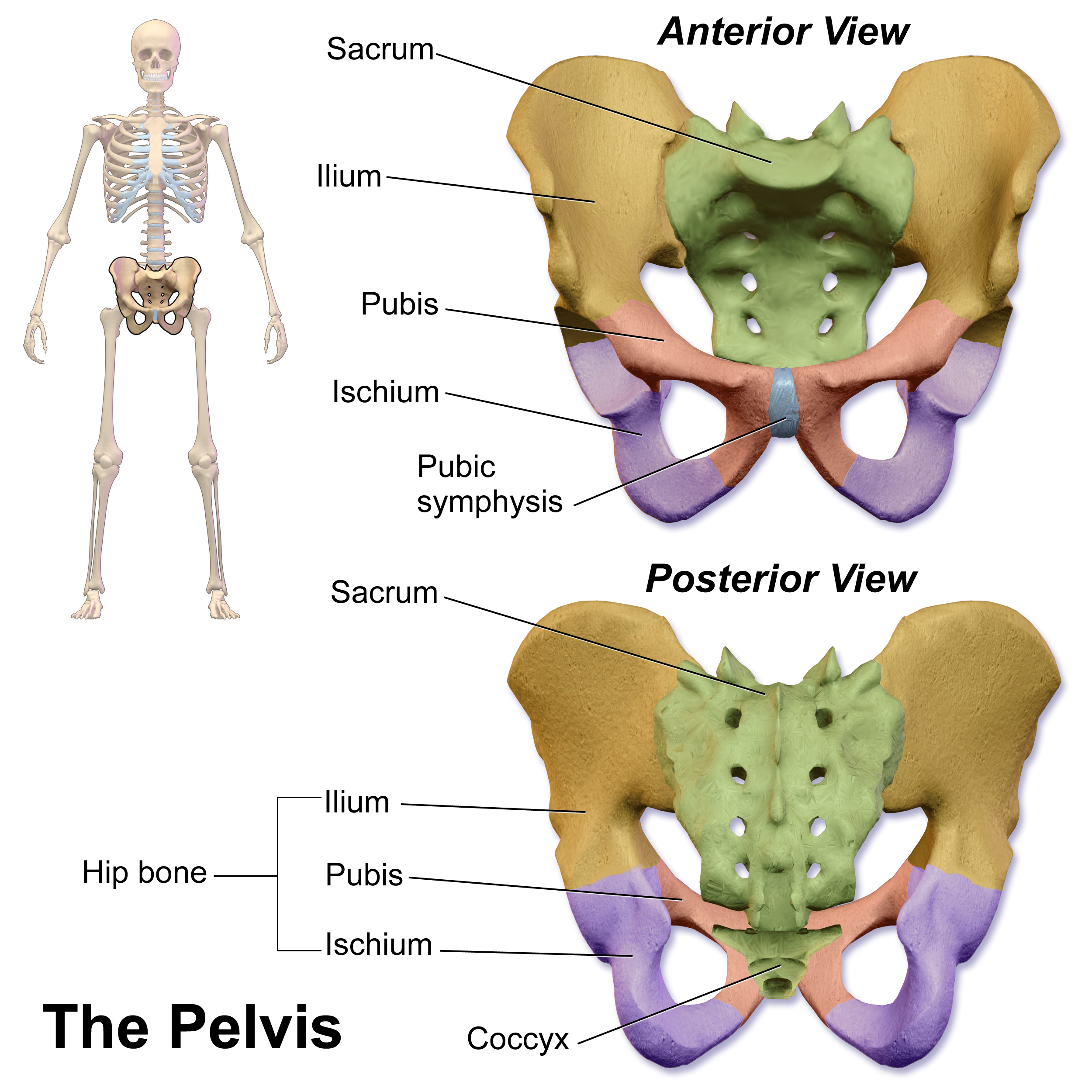|
Surgical Incision
In surgery, a surgical incision is a cut made through the skin and soft tissue to facilitate an Surgery, operation or medical procedure, procedure. Often, multiple incisions are possible for an operation. In general, a surgical incision is made as small and unobtrusive as possible to facilitate safe and timely operating conditions. Anatomy Surgical incisions are planned based on the expected extent of exposure needed for the specific operation planned. Within each region of the body, several incisions are common. Head and neck * Wilde's incision – This post-aural incision is used for a variant mastoiditis drainage, and was named after Sir William Wilde, an Otolaryngology, ENT surgeon in Dublin who first described it at the end of the nineteenth century. His son, Oscar Wilde#Death, Oscar Wilde's, death was stated by his doctors to be due to meningitis stemming from an ear infection. He had recently had an operation, believed by some to be a mastoidectomy. Chest * Median sterno ... [...More Info...] [...Related Items...] OR: [Wikipedia] [Google] [Baidu] |
Surgery
Surgery ''cheirourgikē'' (composed of χείρ, "hand", and ἔργον, "work"), via la, chirurgiae, meaning "hand work". is a medical specialty that uses operative manual and instrumental techniques on a person to investigate or treat a pathological condition such as a disease or injury, to help improve bodily function, appearance, or to repair unwanted ruptured areas. The act of performing surgery may be called a surgical procedure, operation, or simply "surgery". In this context, the verb "operate" means to perform surgery. The adjective surgical means pertaining to surgery; e.g. surgical instruments or surgical nurse. The person or subject on which the surgery is performed can be a person or an animal. A surgeon is a person who practices surgery and a surgeon's assistant is a person who practices surgical assistance. A surgical team is made up of the surgeon, the surgeon's assistant, an anaesthetist, a circulating nurse and a surgical technologist. Surgery usually spa ... [...More Info...] [...Related Items...] OR: [Wikipedia] [Google] [Baidu] |
Abdomen
The abdomen (colloquially called the belly, tummy, midriff, tucky or stomach) is the part of the body between the thorax (chest) and pelvis, in humans and in other vertebrates. The abdomen is the front part of the abdominal segment of the torso. The area occupied by the abdomen is called the abdominal cavity. In arthropods it is the posterior (anatomy), posterior tagma (biology), tagma of the body; it follows the thorax or cephalothorax. In humans, the abdomen stretches from the thorax at the thoracic diaphragm to the pelvis at the pelvic brim. The pelvic brim stretches from the lumbosacral joint (the intervertebral disc between Lumbar vertebrae, L5 and Vertebra#Sacrum, S1) to the pubic symphysis and is the edge of the pelvic inlet. The space above this inlet and under the thoracic diaphragm is termed the abdominal cavity. The boundary of the abdominal cavity is the abdominal wall in the front and the peritoneal surface at the rear. In vertebrates, the abdomen is a large body c ... [...More Info...] [...Related Items...] OR: [Wikipedia] [Google] [Baidu] |
Cholecystectomy
Cholecystectomy is the surgical removal of the gallbladder. Cholecystectomy is a common treatment of symptomatic gallstones and other gallbladder conditions. In 2011, cholecystectomy was the eighth most common operating room procedure performed in hospitals in the United States. Cholecystectomy can be performed either laparoscopically, or via an open surgical technique. The surgery is usually successful in relieving symptoms, but up to 10 percent of people may continue to experience similar symptoms after cholecystectomy, a condition called postcholecystectomy syndrome. Complications of cholecystectomy include bile duct injury, wound infection, bleeding, retained gallstones, abscess formation and stenosis (narrowing) of the bile duct. Medical use Pain and complications caused by gallstones are the most common reasons for removal of the gallbladder. The gallbladder can also be removed in order to treat biliary dyskinesia or gallbladder cancer. Gallstones are very common but ... [...More Info...] [...Related Items...] OR: [Wikipedia] [Google] [Baidu] |
Cherney Incision
The Cherney incision is an incision used in gynecologic surgery. It is similar to the Pfannenstiel incision but allows access to the space of Retzius and gives a larger area in which to operate. __TOC__ Technique The Cherney incision begins when the skin is cut 2-3 centimeters above the pubic symphysis and the surgeon dissects down to the rectus abdominis muscle. The surgeon then uses blunt dissection with the fingers to separate the tendons from the overlying fascia before cutting the tendons 1-2 centimeters above the pubic symphysis. The muscles are then lifted away, toward the patient's head (cephalad). Then, the peritoneum can be cut and the surgery can proceed. Complications Complications can ensue. If surgical retractors are not placed carefully under the edges of the incision, they can damage the femoral nerve or other nerves in the area. If during wound closure, tendons are sewn directly to the pubic symphysis, osteitis pubis or osteomyelitis Osteomyelitis (OM) is a ... [...More Info...] [...Related Items...] OR: [Wikipedia] [Google] [Baidu] |
Hysterectomy
Hysterectomy is the surgical removal of the uterus. It may also involve removal of the cervix, ovaries (oophorectomy), Fallopian tubes (salpingectomy), and other surrounding structures. Usually performed by a gynecologist, a hysterectomy may be total (removing the body, fundus, and cervix of the uterus; often called "complete") or partial (removal of the uterine body while leaving the cervix intact; also called "supracervical"). Removal of the uterus renders the patient unable to bear children (as does removal of ovaries and fallopian tubes) and has surgical risks as well as long-term effects, so the surgery is normally recommended only when other treatment options are not available or have failed. It is the second most commonly performed gynecological surgical procedure, after cesarean section, in the United States. Nearly 68 percent were performed for conditions such as endometriosis, irregular bleeding, and uterine fibroids. It is expected that the frequency of hysterectom ... [...More Info...] [...Related Items...] OR: [Wikipedia] [Google] [Baidu] |
Caesarian Section
Caesarean section, also known as C-section or caesarean delivery, is the surgical procedure by which one or more babies are delivered through an incision in the mother's abdomen, often performed because vaginal delivery would put the baby or mother at risk. Reasons for the operation include obstructed labor, twin pregnancy, high blood pressure in the mother, breech birth, and problems with the placenta or umbilical cord. A caesarean delivery may be performed based upon the shape of the mother's pelvis or history of a previous C-section. A trial of vaginal birth after C-section may be possible. The World Health Organization recommends that caesarean section be performed only when medically necessary. Most C-sections are performed without a medical reason, upon request by someone, usually the mother. A C-section typically takes 45 minutes to an hour. It may be done with a spinal block, where the woman is awake, or under general anesthesia. A urinary catheter is used to drain t ... [...More Info...] [...Related Items...] OR: [Wikipedia] [Google] [Baidu] |
Pfannenstiel Incision
A Pfannenstiel incision , Kerr incision, Pfannenstiel-Kerr incision or pubic incision is a type of abdominal surgical incision that allows access to the abdomen. It is used for gynecologic and orthopedics surgeries, and it is the most common method for performing Caesarian sections today. This incision is also used in Stoppa approach for orthopedics surgeries to treat pelvic fractures. The Pfannenstiel incision offers a large view of the central pelvis but limits exposure to the lateral pelvis and upper abdomen, factors that limit the usefulness of this incision for gynecologic cancer surgery. This incision is commonly called the "bikini line incision". Some common reasons for this surgical access are obstetric delivery and hernia repair. It is often used in preference to other incision types for the sake of aesthetics, because the scar will be hidden by the pubic hair. The incision does not distort the belly button and heals faster than the traditional vertical incision. The ... [...More Info...] [...Related Items...] OR: [Wikipedia] [Google] [Baidu] |
Trauma Surgery
Trauma surgery is a surgery, surgical Specialty (medicine), specialty that utilizes both operative and non-operative management to treat traumatic injuries, typically in an acute setting. Trauma surgeons generally complete Residency (medicine), residency training in General surgery, general surgery and often fellowship training in trauma or surgical intensive-care medicine, critical care. The trauma surgeon is responsible for initially resuscitating and stabilizing and later evaluating and managing the patient. The attending trauma surgeon also leads the trauma team, which typically includes nurses and support staff as well as resident physicians in teaching hospitals. Training Most United States trauma surgeons practice in larger centers and complete a 1-2 year trauma surgery fellowship, which often includes a surgical critical care fellowship. They may therefore sit for the American Board of Surgery (ABS) certifying examination in Surgical Critical Care. National surgical ... [...More Info...] [...Related Items...] OR: [Wikipedia] [Google] [Baidu] |
Pubic Symphysis
The pubic symphysis is a secondary cartilaginous joint between the left and right superior rami of the pubis of the hip bones. It is in front of and below the urinary bladder. In males, the suspensory ligament of the penis attaches to the pubic symphysis. In females, the pubic symphysis is close to the clitoris. In most adults it can be moved roughly 2 mm and with 1 degree rotation. This increases for women at the time of childbirth. The name comes from the Greek word ''symphysis'', meaning 'growing together'. Structure The pubic symphysis is a nonsynovial amphiarthrodial joint. The width of the pubic symphysis at the front is 3–5 mm greater than its width at the back. This joint is connected by fibrocartilage and may contain a fluid-filled cavity; the center is avascular, possibly due to the nature of the compressive forces passing through this joint, which may lead to harmful vascular disease. The ends of both pubic bones are covered by a thin layer of hyaline ... [...More Info...] [...Related Items...] OR: [Wikipedia] [Google] [Baidu] |
Navel
The navel (clinically known as the umbilicus, commonly known as the belly button or tummy button) is a protruding, flat, or hollowed area on the abdomen at the attachment site of the umbilical cord. All placental mammals have a navel, although it is generally more conspicuous in humans. Structure The umbilicus is used to visually separate the abdomen into quadrants. The umbilicus is a prominent scar on the abdomen, with its position being relatively consistent among humans. The skin around the waist at the level of the umbilicus is supplied by the tenth thoracic spinal nerve (T10 dermatome). The umbilicus itself typically lies at a vertical level corresponding to the junction between the L3 and L4 vertebrae, with a normal variation among people between the L3 and L5 vertebrae. Parts of the adult navel include the "umbilical cord remnant" or "umbilical tip", which is the often protruding scar left by the detachment of the umbilical cord. This is located in the center of the ... [...More Info...] [...Related Items...] OR: [Wikipedia] [Google] [Baidu] |
Xiphoid Process
The xiphoid process , or xiphisternum or metasternum, is a small cartilaginous process (extension) of the inferior (lower) part of the sternum, which is usually ossified in the adult human. It may also be referred to as the ensiform process. Both the Greek-derived ''xiphoid'' and its Latin equivalent ''ensiform'' mean 'swordlike' or 'sword-shaped' Structure The xiphoid process is considered to be at the level of the 9th thoracic vertebra and the T7 dermatome. Development In newborns and young (especially small) infants, the tip of the xiphoid process may be both seen and felt as a lump just below the sternal notch. At 15 to 29 years old, the xiphoid usually fuses to the body of the sternum with a fibrous joint. Unlike the synovial articulation of major joints, this is non-movable. Ossification of the xiphoid process occurs around age 40. Variation The xiphoid process can be naturally bifurcated or sometimes perforated (xiphoidal foramen). These variances in morphology are inher ... [...More Info...] [...Related Items...] OR: [Wikipedia] [Google] [Baidu] |
Linea Alba (abdomen)
The linea alba ( la, white line) is a fibrous structure that runs down the midline of the abdomen in humans and other vertebrates. Structure In humans, the linea alba runs from the xiphoid process to the pubic symphysis down the midline of the abdomen. The name means ''white line'' as it is composed mostly of collagen connective tissue, which has a white appearance. It is formed by the fusion of the aponeuroses of the muscles of the anterior abdominal wall. It separates the left and right rectus abdominis muscles. In muscular individuals, its presence can be seen on the skin, forming the depression between the left and right halves of a " six pack". Function The Linea alba stabilizes the anterior abdominal wall, as it balances contractile forces from the muscles attached to it. Clinical significance A median incision through the linea alba is a common surgical approach for abdominal surgery. This is because it consists of mostly connective tissue, and does not contain an ... [...More Info...] [...Related Items...] OR: [Wikipedia] [Google] [Baidu] |
.jpg)





